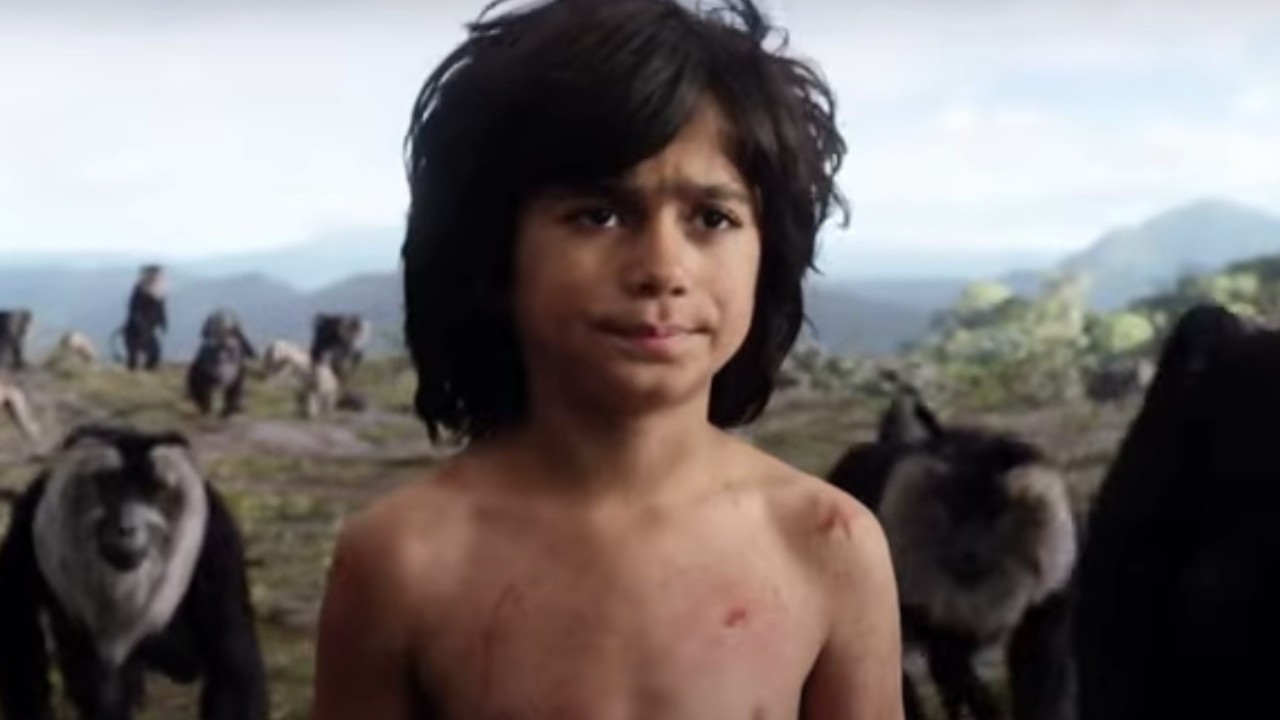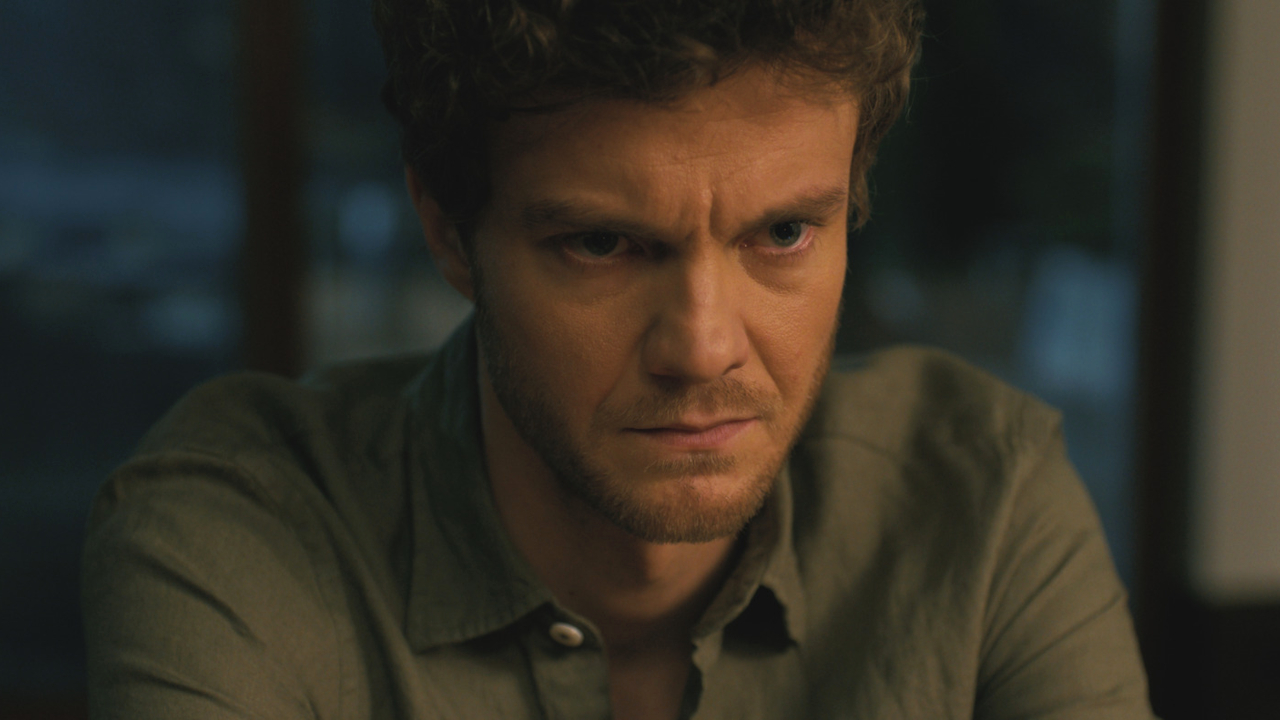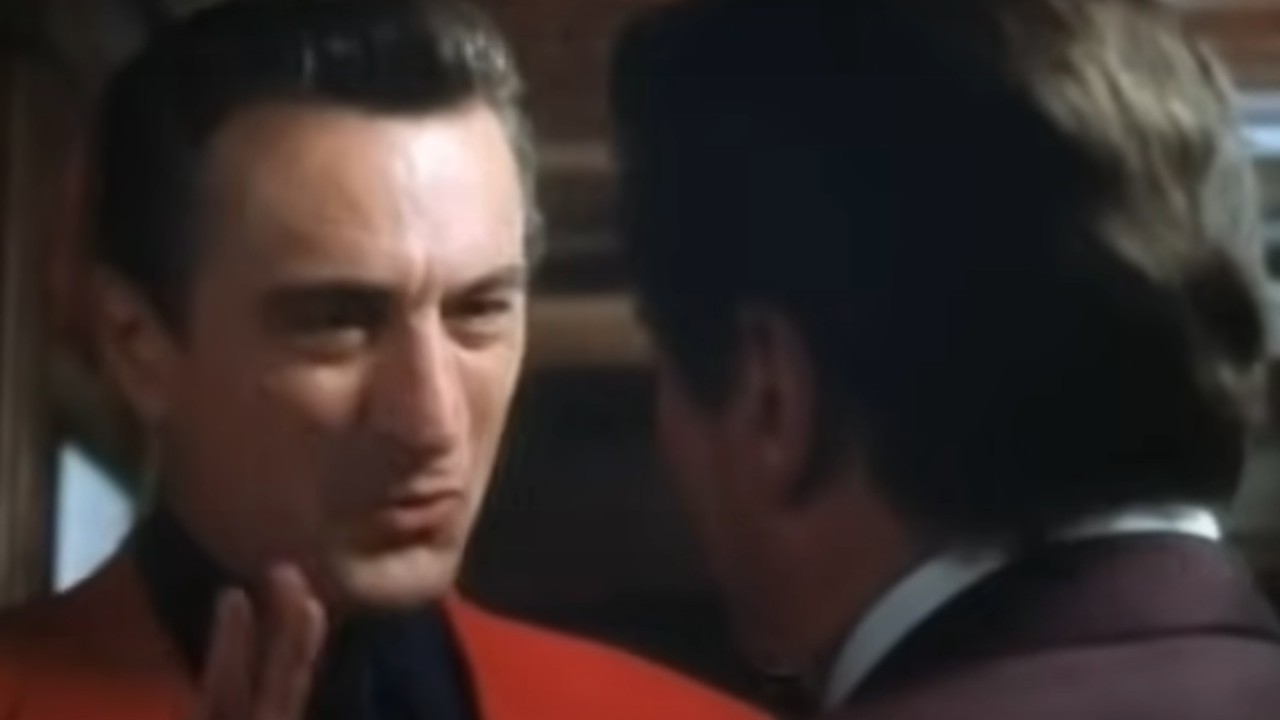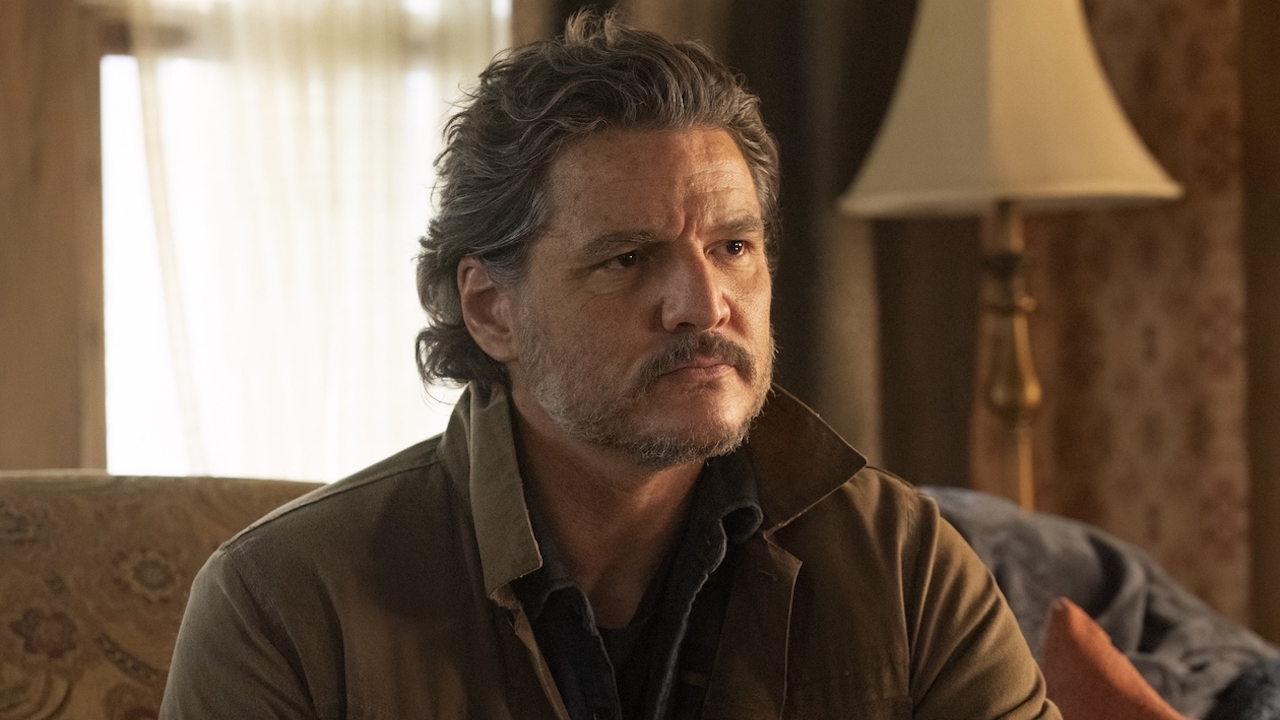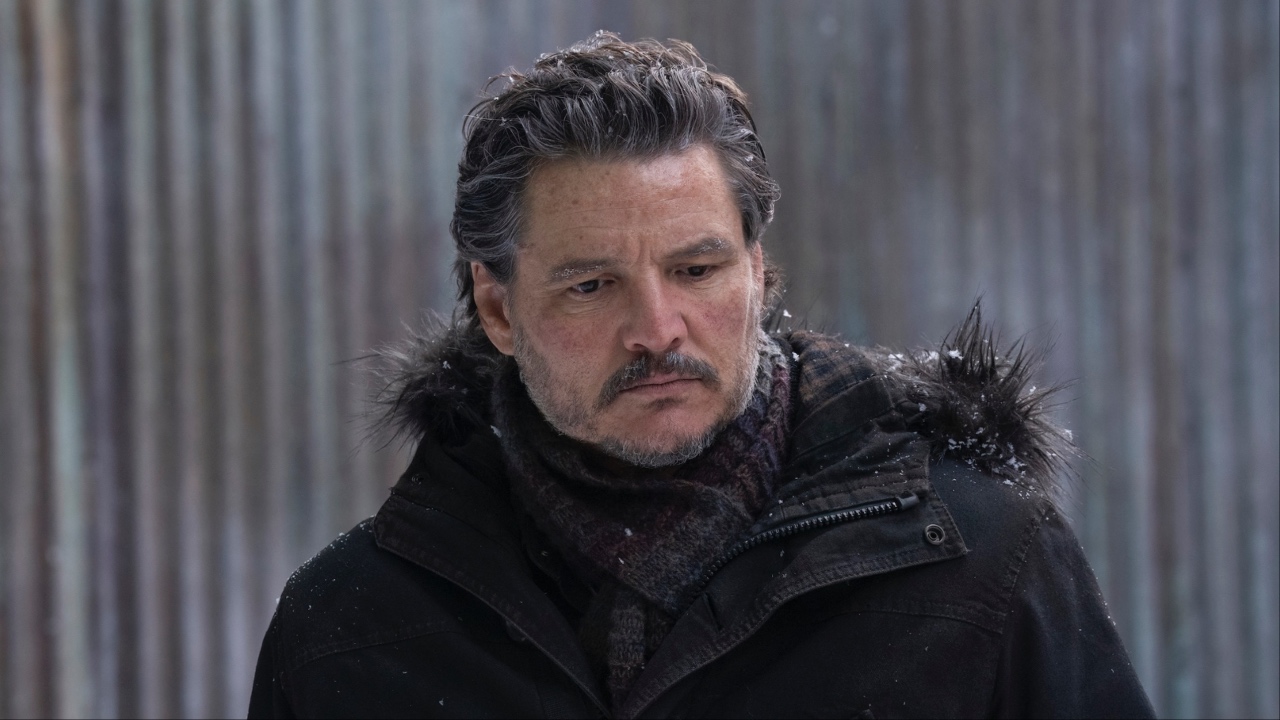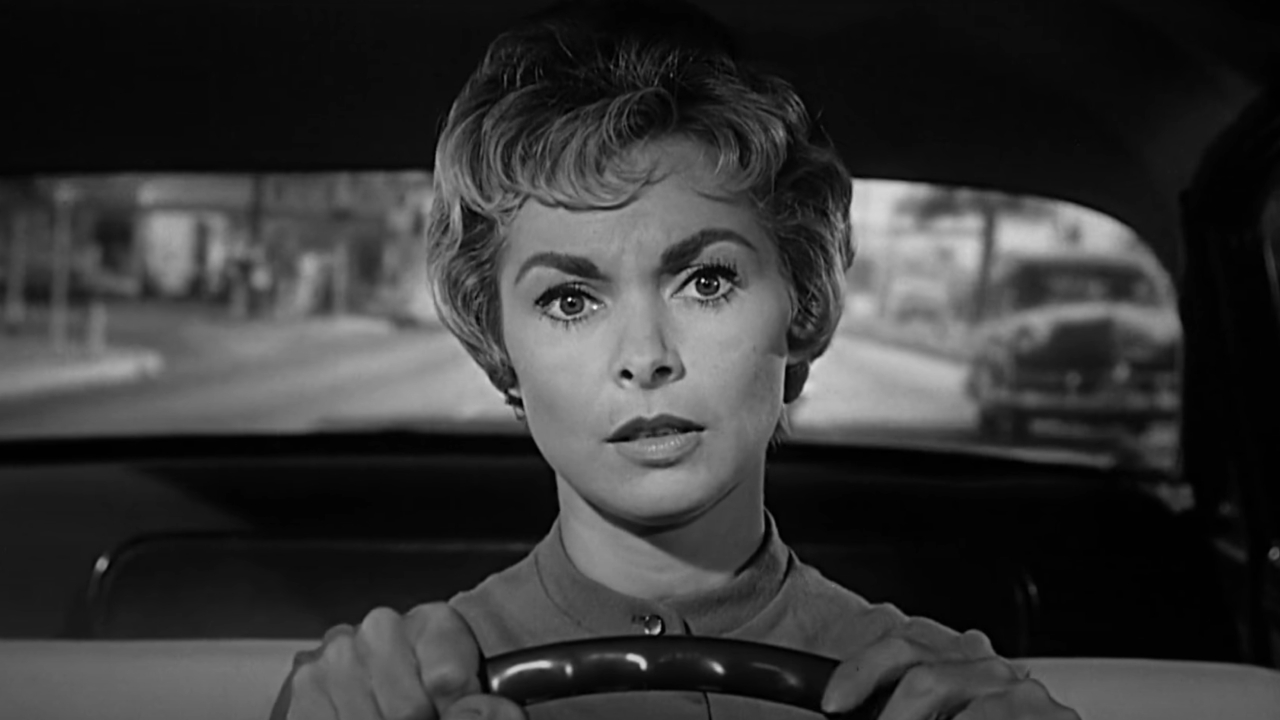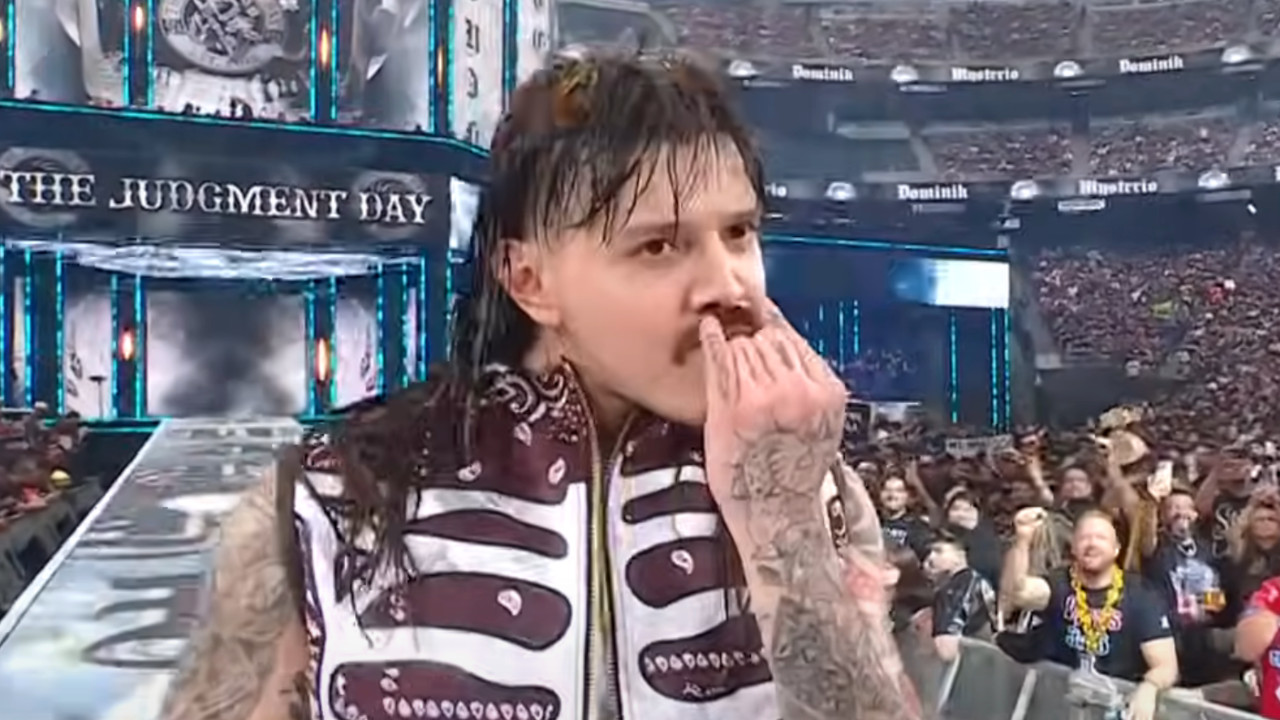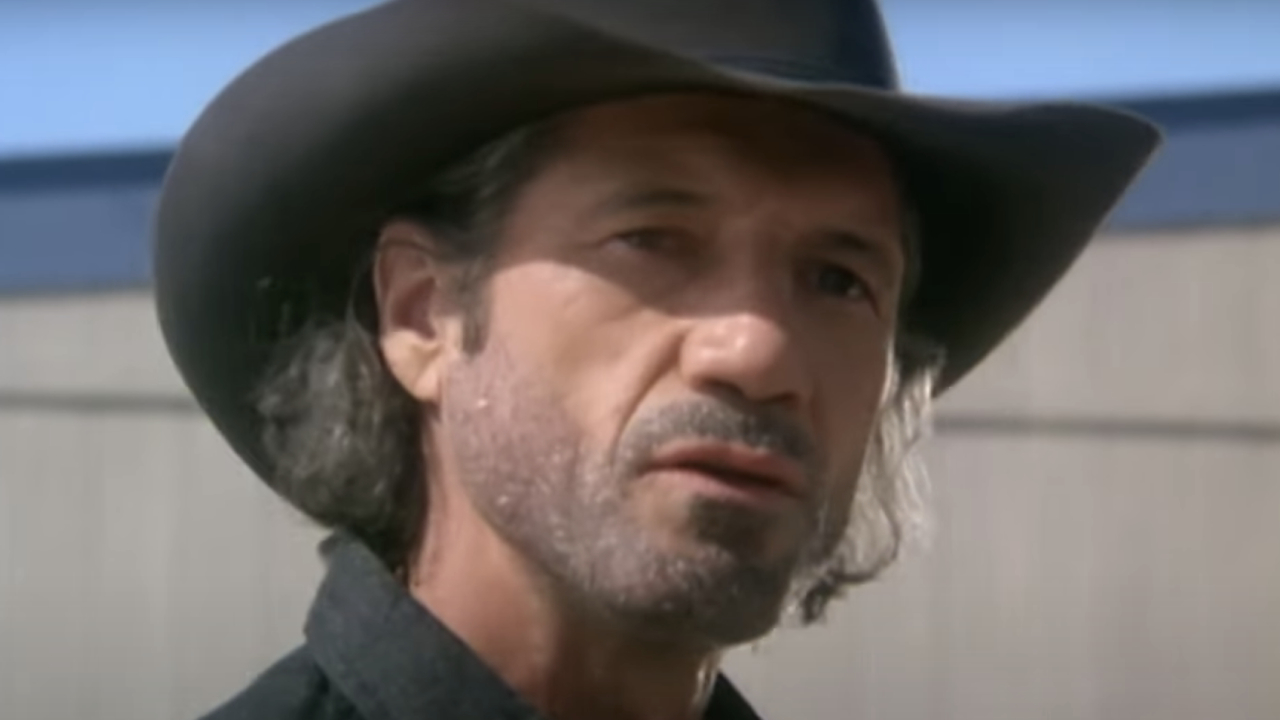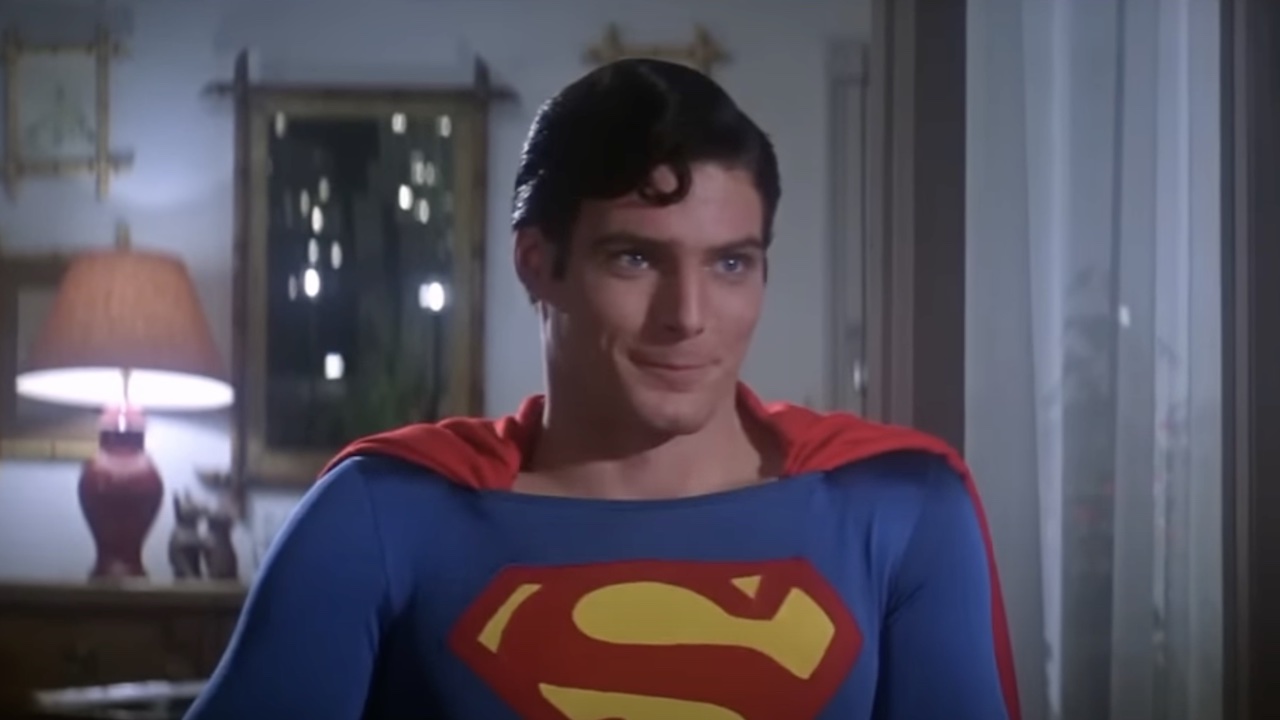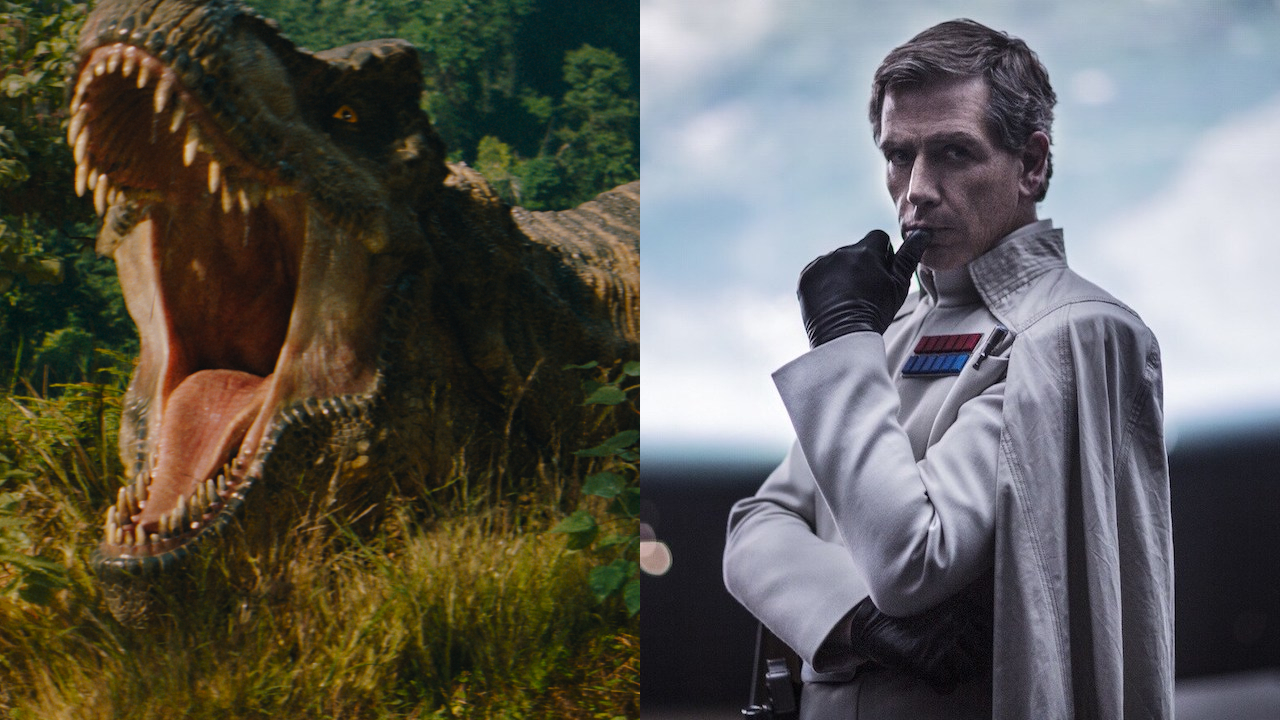Men Ending Explained: Digging Into The Gruesome Body Horror At The End Of The A24 Movie
Spoilers ahead!
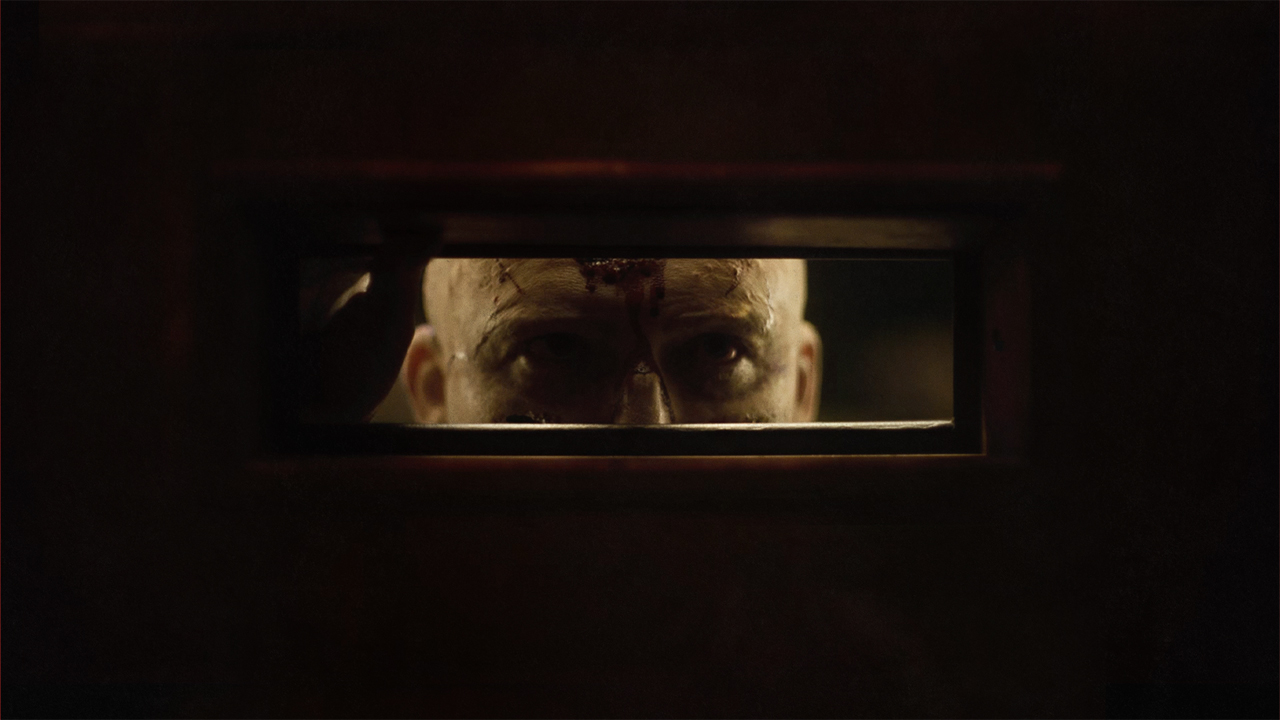
SPOILER WARNING: The following article contains major spoilers for Alex Garland’s Men. If you have not yet seen the film, proceed at your own risk!
The year is still relatively young. As I write this feature, we are now getting toward the end of May, which means that 2022 is not even half way over – and all movie fans know that the end of the year is always filled with cinematic excellence. All that being said, it feels safe to bet that audiences won’t see many more films with a third act quite like the buzzed-about insanity that is featured at the end of Men, the new feature from Ex Machina and Annihilation’s Alex Garland.
As I note in the CinemaBlend review, the film is the first full-on horror movie from the writer/director, and while it is thoroughly creepy throughout its runtime, it’s really in the final act of the story when things go off the rails and the true nightmare material comes in. So what happens, what does it all mean, and how did it come together? If you’re asking all of those questions, you’re in the right place, as all of the answers to those questions are explored below – starting with a brief recap.
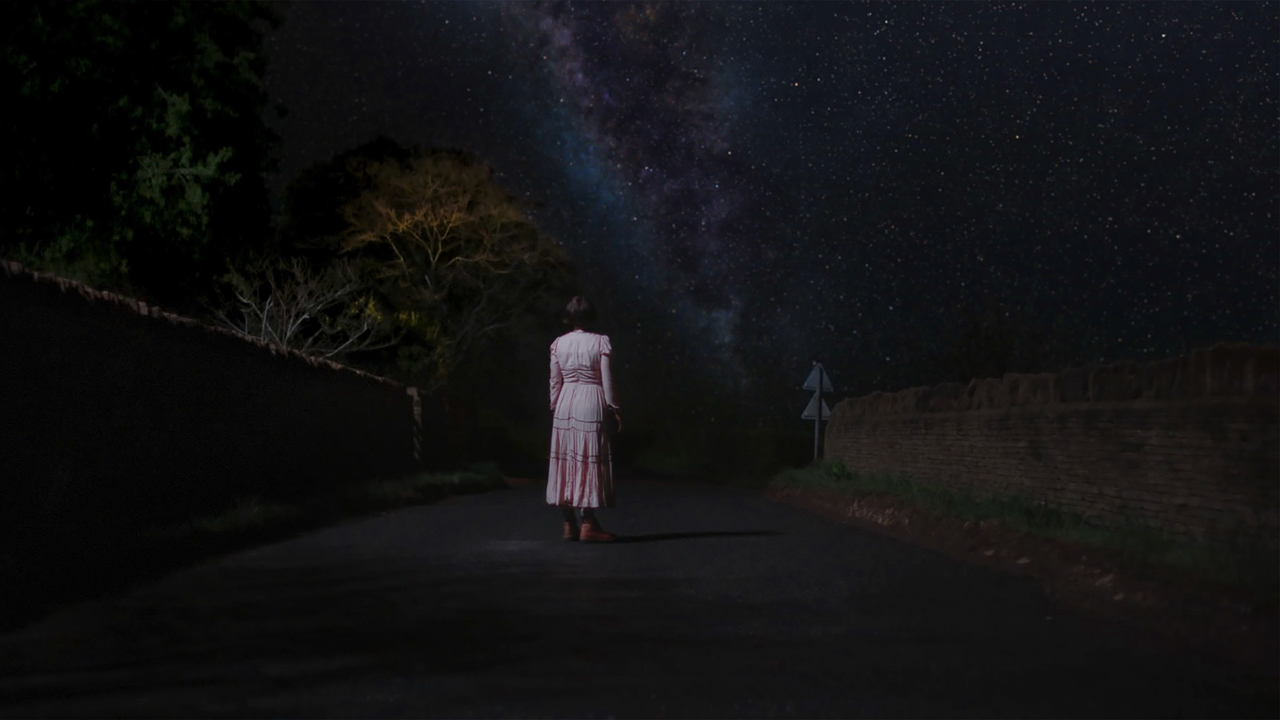
What Happens At The End Of Men
The ending of Men is principally centered around the battle between Harper (Jessie Buckley) and the titular antagonist (Rory Kinnear), who is no longer appearing as multiple men with the same face, but seemingly as a singular, morphing entity. Harper is able to wound him when he reaches through the mail slot in the front door, as she stabs him with a knife and cuts his entire forearm in half length-wise, but he is able to get into the cottage and terrorize her in his many forms.
The protagonist attempts to get outside and get to her car, and she thinks she has found help when Geoffrey, the cottage’s owner appears, but instead he violently rips her out of the blue sedan and steals it – driving off. There’s a brief peace with Harper, and we glimpse a star-filled sky with a mysterious rift, but then headlights appear and it quickly becomes apparent that Geoffrey has turned around and is planning to run her down. She runs back to the house.
Geoffrey’s plan isn’t successful, as the car crashes into a pillar and comes to a stop. But it’s not over. We see the feral, naked Green Man – his face now covered in plant growth – crawl out of the vehicle with a broken ankle and make his way to Harper. As his belly swells and he screams, he gets on his back and reveals a bleeding vulva that begins to give birth to another one of his multiple forms. This happens repeatedly, and they continue to move towards Harper, but she calmly turns and goes into the cottage.
The abominable births continue, and Harper grabs an axe and goes into the living room. Eventually, it is not one of the Men with Rory Kinnear’s face who enters, but instead her deceased husband, James (Paapa Essiedu). He sits on the couch, arm split and ankle broken, and he remarks on his own horrible death, blaming her by saying, “This is what you did.” Harper is about to apologize, but she resists the compulsion, and instead asks James what he wants from her. He responds that he wants her love.
CINEMABLEND NEWSLETTER
Your Daily Blend of Entertainment News
Later, a car pulls up to the cottage, and we see that it is Riley (Gayle Rankin), who has come to check on Harper and follow up on their distressing, interrupted video chats. Riley, who is pregnant, sees evidence of the chaos from the previous night, including Harper’s crashed car and blood on the ground, and she eventually finds the heroine sitting peacefully in the back. They share a silent, serene moment, and the credits roll.
Men’s ending is intense and goes full-bore with the body horror, but what does it all mean, and how was it made? Let’s dig into that next.
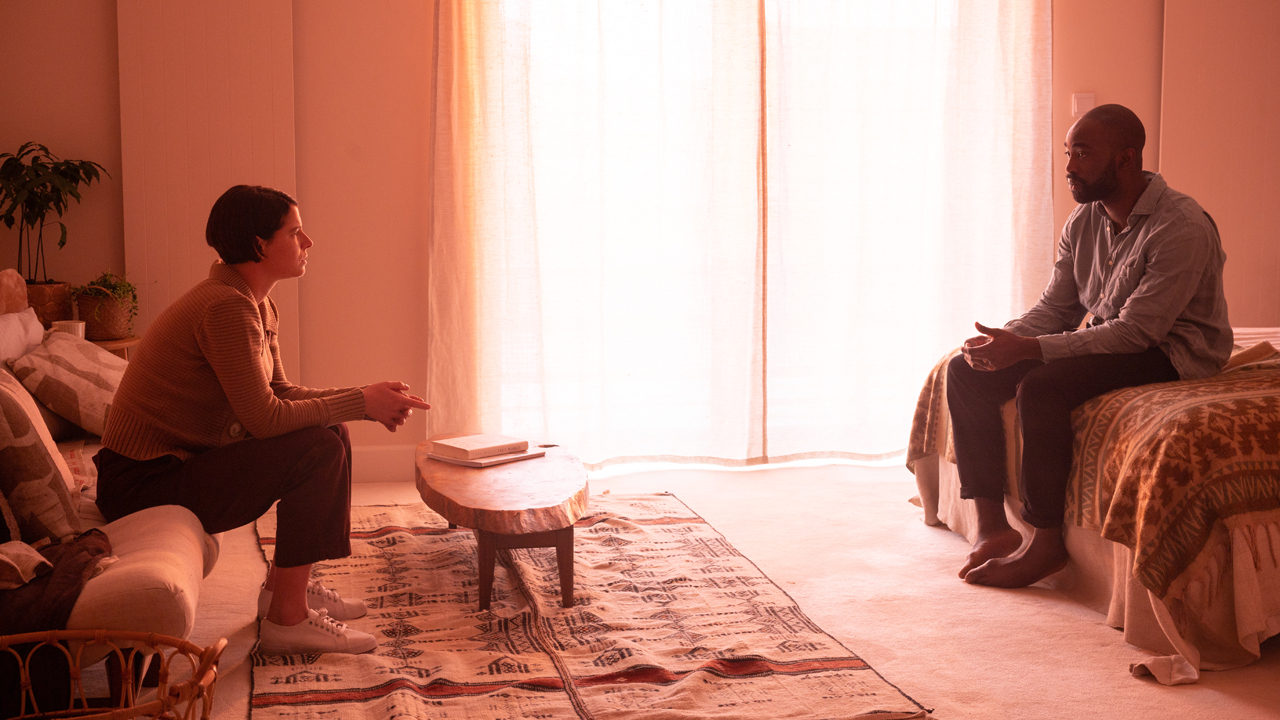
Digging Into The Symbolism Of Men’s Ending
From the Eden-esque apple tree in the cottage’s front yard, to the shots of dandelion seeds gently floating in the wind, Alex Garland’s Men is stuffed with symbolism that makes the movie a terrific subject of analysis. It’s an exploration of gender roles in modern society and how they influence the way we think and process the world (with a specific focus on grief in the story), and it’s constructed with fascinating abstractions and allegory in both narrative and aesthetics.
To start with literal symbols, the film makes repeated use of ancient symbols both in action and in the production design: The Green Man and Sheela na gigs. The latter, carvings that date back centuries, depict a woman spreading her legs and using her hands to stretch her vulva. We first see this imagery when Harper discovers the small church while she is exploring, and it returns in horrifying fashion during the third act’s disturbing birthing sequence.
The Green Man is also first seen as a carving in the church, seen on the basin in the middle of the room, but it is personified as well. The feral man who stalks Harper after she discovers him in the echoing tunnel transforms into a human depiction of the symbol after we see him applying foliage to his face, and by the end of Men he fully reflects what The Green Man is said to represent: rebirth.
As noted, The Green Man is just one of many men in the English countryside sporting Rory Kinnear’s face, and more than just being unified as possessors of Y chromosomes, there is important symbolism in all of the parts as societal archetypes. The Vicar and The Policeman, for example, are both authority figures from male-dominated fields and they ultimately use their positions to undermine Harper (The Vicar by questioning her culpability in her husband’s death, and The Policeman patronizing her fear of the stalker that was caught trying to get into her house). Geoffrey as a character is a bit more nuanced, as he comes across as a kind of fatherly figure, but a subtle misogyny is exposed via macroaggressions, whether it’s repeatedly calling Harper “Mrs. Marlow,” or patronizingly lifting luggage and springing into action as “protector.”
These masculine viewpoints all attempt to influence Harper’s perspective on the horrible incident that led her to go away to the cottage in the first place: the death of James, which followed his threat to kill himself if she were to leave him. It’s not made clear at the end of Men if James committed suicide or suffered a terrible accident, but that’s incidental as the focus is put on Harper’s grief and guilt.
The injuries that the Men sustain (the split arm and the broken ankle) mirror the condition in which James is found after his deadly fall: having cracked his leg on the sidewalk and his arm run through by a metal post on a fence. Harper is driven towards guilt, and made to think that her husband’s mental issues are her fault – driving the aforementioned “I’m sorry” compulsion – but in the conclusion the protagonist is able to conquer this unfair emotional pressure.
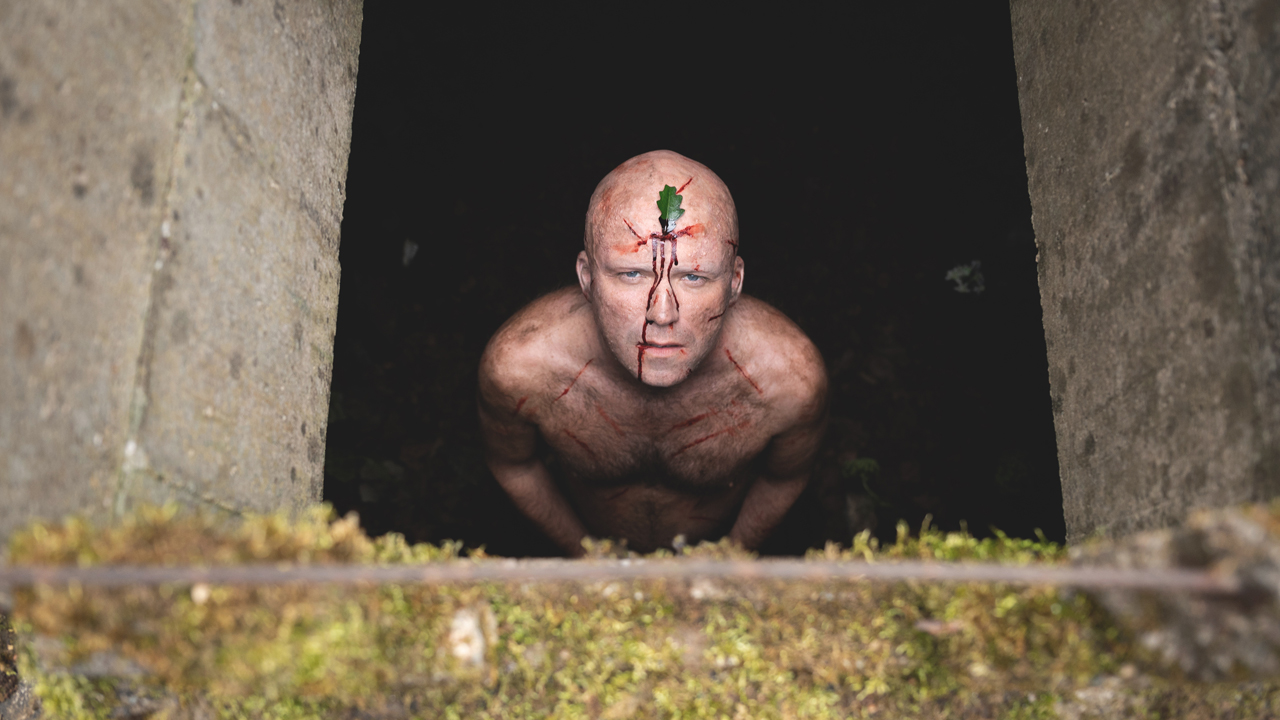
Men’s Rory Kinnear Reveals The Secrets Behind The Insane Body Horror In The New A24 Movie
The end of Alex Garland’s Men is one hell of a thing to witness on the big screen. It’s nauseating and terrifying, but also a fascinating execution of body horror made with extraordinary craft. Garland has cited the anime Attack On Titan as a reference and influence on taking the third act of the movie to extreme levels, and the birthing sequence is stunning in its usage of practical effects to create imagery that will haunt audiences’ nightmares.
Given the impressive qualities of Men, I couldn’t help but ask about it when I interviewed Jessie Buckley, Rory Kinnear, and Paapa Essiedu during the press day for the movie. After discussing the surprising rehearsal time built into the film’s production scheduled (including a bizarre encounter with a woman walking a goat), I asked Rory Kinnear about his experience shooting the feature’s crazy third act, and you can watch his response in the video below:
Men is now playing exclusively in theaters – and you can keep track of every feature set to hit both the big screen and streaming in what remains of the year by heading over to our 2022 Movie Release Calendar.

Eric Eisenberg is the Assistant Managing Editor at CinemaBlend. After graduating Boston University and earning a bachelor’s degree in journalism, he took a part-time job as a staff writer for CinemaBlend, and after six months was offered the opportunity to move to Los Angeles and take on a newly created West Coast Editor position. Over a decade later, he's continuing to advance his interests and expertise. In addition to conducting filmmaker interviews and contributing to the news and feature content of the site, Eric also oversees the Movie Reviews section, writes the the weekend box office report (published Sundays), and is the site's resident Stephen King expert. He has two King-related columns.
